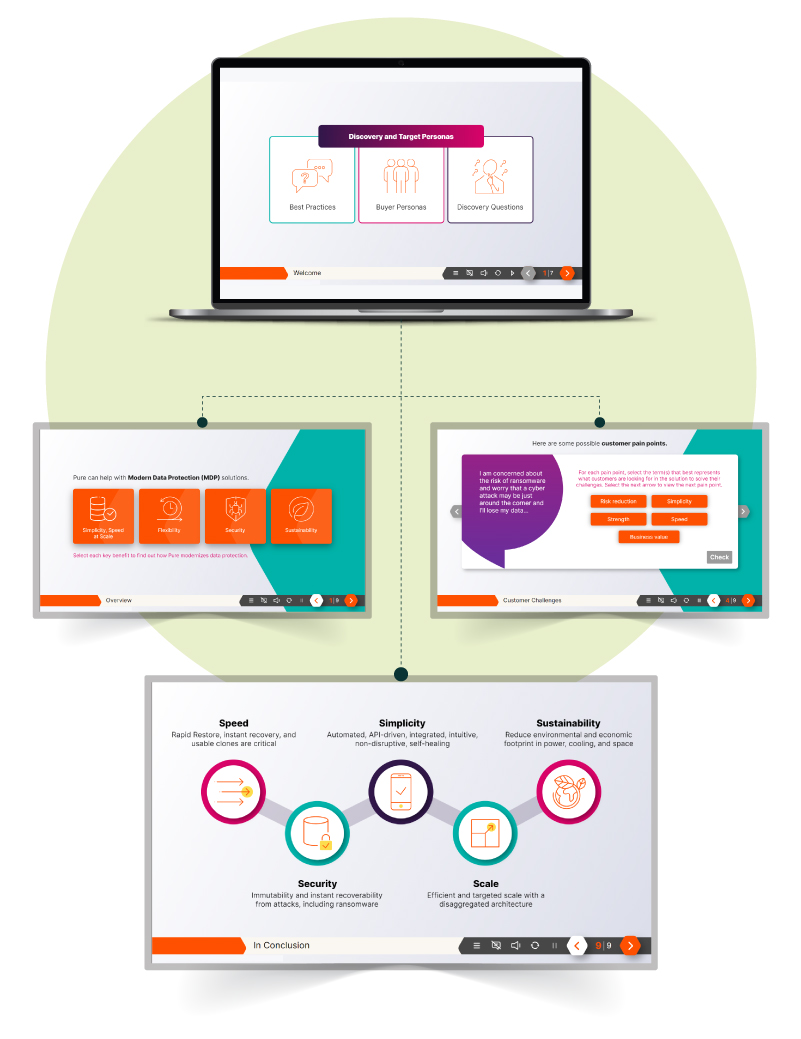Sales skills continue to be in demand, but organizations have to be more agile about adapting to a changing landscape. Thus, skilling for sales becomes critical as a success factor in organizations. How do you meet these needs?
Changing Landscape
The old approaches to sales are changing. The pandemic raised challenges of meeting face-to-face, and technological changes have added to the situation. Further, customers now empowered with access to the internet are more knowledgeable and likely to challenge any claims. Add in the ongoing evolutions in sales approaches and increasing shifts in corporate strategy to continue to adapt, and it’s easy to see that the sales landscape is no longer static.
Our own experience has shown that our expectations are different. The old practice of a salesperson on a regular trek around possible customers has changed. Organizations are being updated to account for new behavioral research in marketing, technology opportunities in operations and products, and business models.
Barriers
Yet, there remain barriers to success. For one, as Jim Mikula stated in his book Sales Training, “Salespeople are active; they want results fast; and when it comes to training, they want the answers to the challenges. That’s the good news. The bad news is that these qualities can hinder adult learning.”
As stated earlier, learning new skills takes time, a precious commodity. Plus, the incentive packages typically used with sales mean that sales folks aren’t keen on devoting time to learning.
There’s another factor: are you retraining your existing folks, or bringing on new staff? The existing folks may well have familiarity with the culture but shifting business strategies impact sales approaches. Further, cultural changes are occurring as well, and those need to be accounted for.
New folks, on the other hand, may bring pre-existing sales skills, that need refining or revisiting, as well as introducing them to the organization’s products and/or services.
Overall, there are a lot of challenges to face.
Success: Full Court Press

To succeed, multiple elements need to be aligned. You need onboarding for new folks to address culture, knowledge, and skills. You need reactivation of that knowledge over time. And, as things change, you need more learning to address new products or services, and updates to the selling process.
For onboarding, it’s more than just knowledge. Learners need to be introduced to the organizational culture (in reality, not lip service) in ways that help them align and understand what that means for behavior. To facilitate that, they need help with developing a network of peers, mentors, and experts who can help them get established, answer questions, and become successful. They need early support to grow professionally. This latter shouldn’t be left to chance, but there should be an explicit development path over time. This means being strategic about providing guidance.
A second component is continual development. This means several things. For one, it means having integrated communities around the sales task. That could mean being a member of the product or service community that includes those that develop and support as well as sell. That’s also a community of those selling this product/service, and other products/services, sharing best principles and lessons learned.
There’s also continual development through training. Here, you’re advancing their knowledge of new products or the selling process. In one instance, for example, Upside Learning worked with a global tech company to create selling scenarios for different customers. The outcome was a 92% learner success rate in accreditation for selling the offering.
Both these efforts need to be concrete about specific skills. Vague generalities about ‘customer focus’, for instance, need to be unpacked into more detail. Talking about understanding the customer upfront through research, finding specific concerns through conversations, and matching solutions to needs are the types of more detail needed.
Skilling affects sales as much as any other domain. Doing it right means staying on top of new developments, assessing skills, and continually developing individuals. It’s true in general, and specifically in this area.
Skilling is one of the most critical factors for negotiating the challenges of the modern dynamic sales landscape. Organizations will ensure that their sales teams are adequately prepared to drive success if they remove barriers, align strategies, and facilitate continuous development. To read more about how skilling can become a strategic advantage, download our eBook, Skilling for Performance: A Strategic Imperative for Organizations, for valuable insights into effective skilling approaches.

















